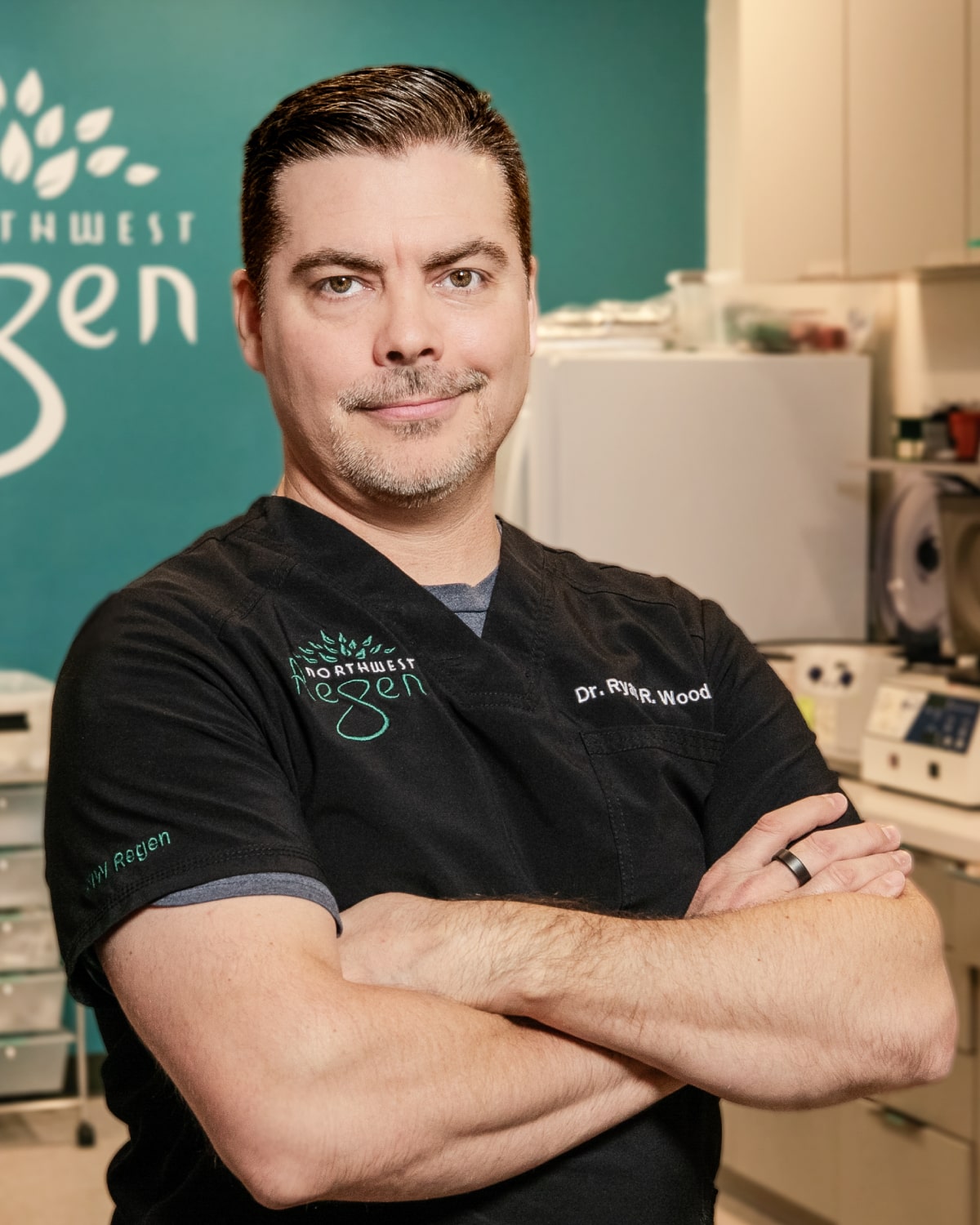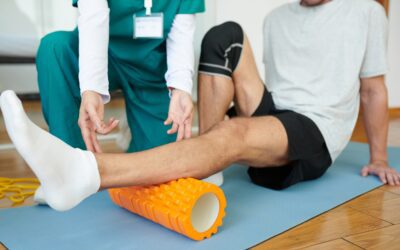Osteoarthritis is a common disease among older adults, and the knee joint is most commonly affected. Having an effective and safe treatment option is important to help us all live healthier, more active lives. A recent study, “Platelet Rich Plasma Versus Hyaluronic Acid in the Treatment of Knee Osteoarthritis,” compared the effectiveness and safety of two common knee injection treatments: Platelet Rich Plasma (PRP) and Hyaluronic Acid (HA).
PRP is an advanced biocellular therapy that uses platelets from a patient’s own blood to help regulate inflammation, stimulate repair, and promote remodeling of damaged tissues. Alternatively, HA is a gel-like substance naturally found in the fluid of joints, which can be injected to supplement diminishing amounts. The PRP method helps the body actually heal itself, while the HA method simply replaces lost fluid in joints.
In the study’s controlled trials, the PRP group scored better for pain and stiffness after about three months compared with those in the HA group. Here’s a quick look at the Western Ontario and McMaster Universities Osteoarthritis Index (WOMAC) scores, measured at one, three, six, and twelve months:
- Total Score
- No significant difference at one month.
- The PRP group performed better than those in the HA group at three, six, and twelve months.
- Pain Score
- No significant difference at one and three months.
- The PRP group had significantly less pain than those in the HA group at six and twelve months.
- Stiffness Score
- No significant difference at one and three months.
- The PRP group improved more than those in the HA group at six and twelve months.
- Physical Function Score
- No significant difference at one month.
- The PRP group had significantly less pain than those in the HA group at three, six, and twelve months.
Overall, the study found that for the nonsurgical treatment of knee osteoarthritis, PRP injections could significantly reduce patients’ early pain and improve function. PRP was found more effective than HA, while the safety of these two treatment options was comparable.
At Northwest Regen, we are big fans of the benefits of PRP. As one of the leading experts in PRP therapy in the Portland community we find it to be particularly effective when it comes to repairing knee injuries and treating osteoarthritis. Our goal is always to achieve the highest quality treatment, with the least amount of discomfort, and the best possible outcome. Having the ability to effectively perform natural, non-surgical treatments such as PRP is a significant part of our tailored approach. Contact us to learn more about PRP today.

Dr. Ryan Wood is a licensed Naturopathic and Chiropractic physician focusing on interventional orthopedic and orthobiologic medicine and injection therapies as well as general musculoskeletal and non-surgical orthopedic medicine.
With almost two decades of orthopedic practice across multiple disciplines, he has the necessary experience to ensure proper diagnoses and management of complex cases.


